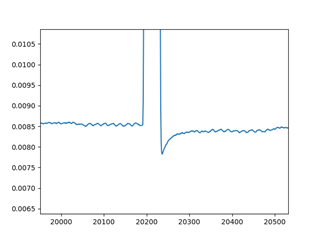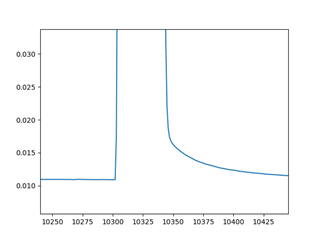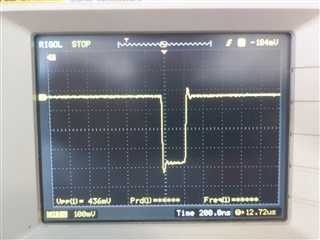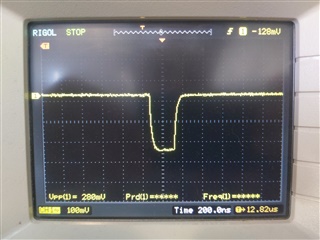Other Parts Discussed in Thread: THS7530,
I am trying to amplify an optical signal which comes from a photodetector in the range of 30 µA with a transimpedance amplifier (OPA857) followed by a variable gain amplifier (THS7530). The problem is that the output is experiencing undershoot and I have figured out that this mostly comes from the first stage and maybe is because of the input parasitic capacitance. Followed is the schematic of my design. Is there any way to compensate for this?
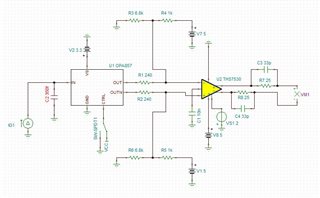
Here is the simulation output when I increase the parallel capacitor to 2pF:

And the circuit output:

PCB layout: (IC4 is the first op-amp and IC3 the second. PD is the photodetector):
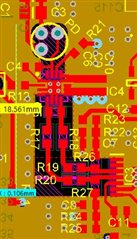
Adding a parallel RC from the output of the first stage to its input (Feedback) compensates the undershoot to some extent but it still remains and is not negligible. It also broadens the pulse width which is not desired.


